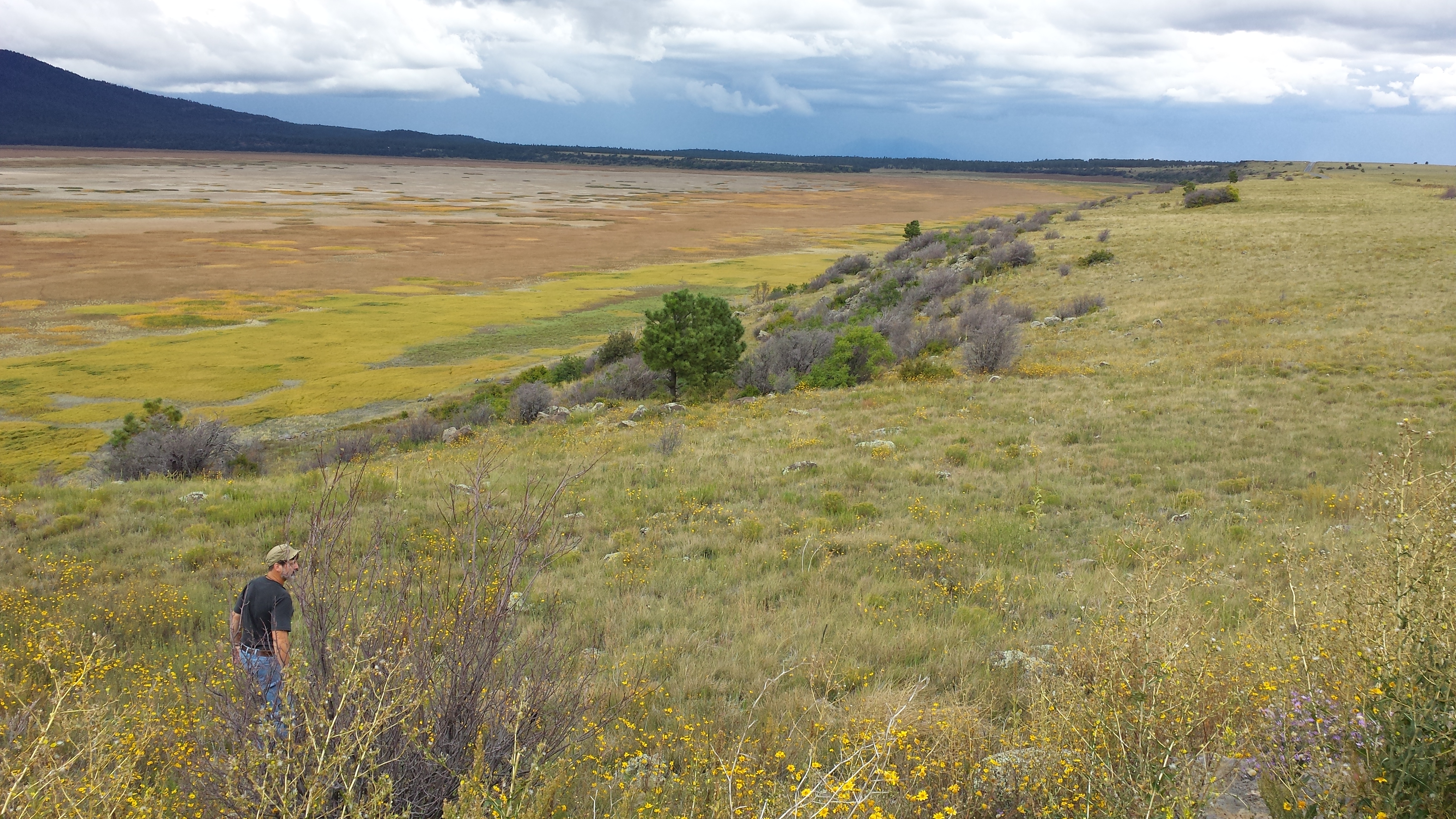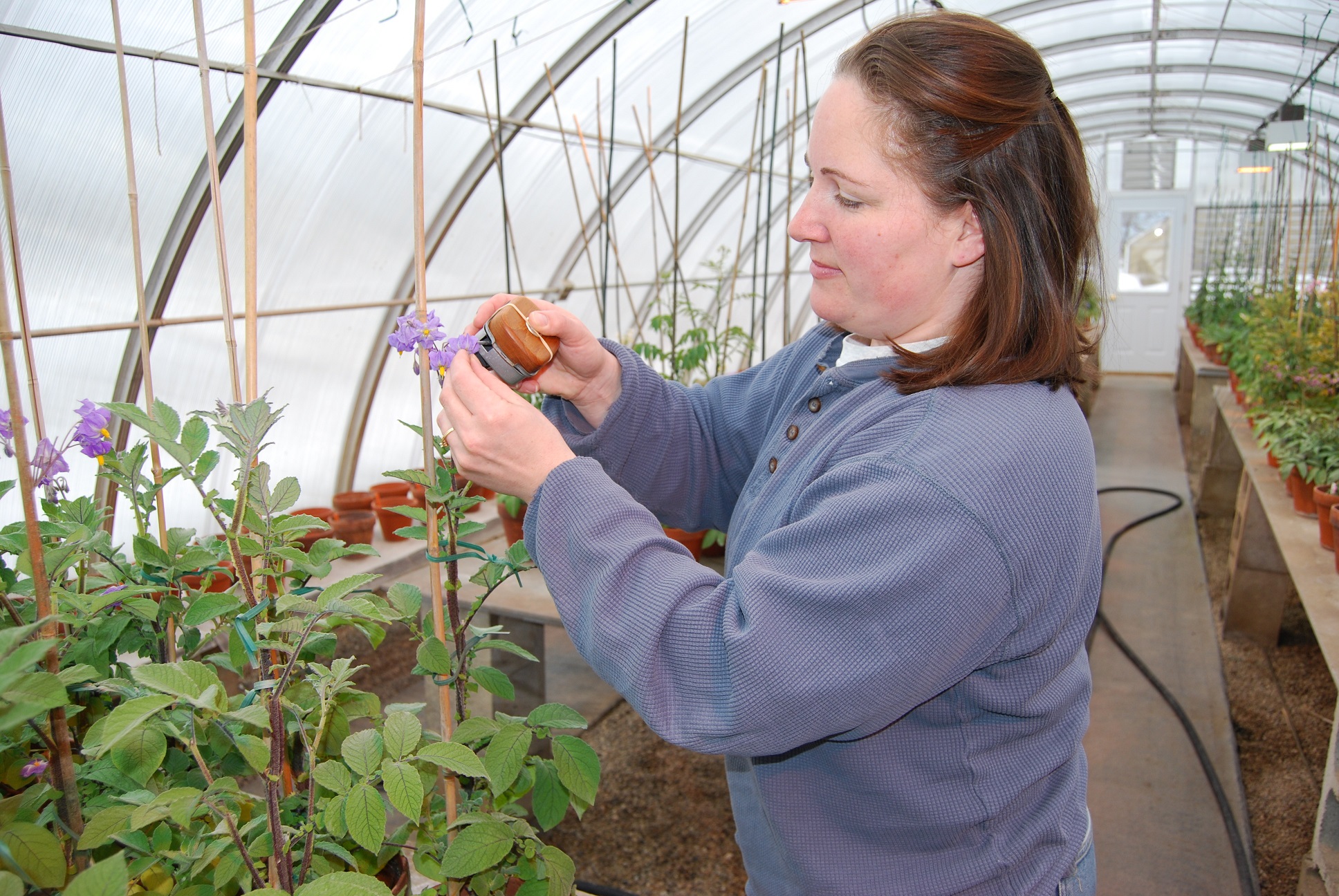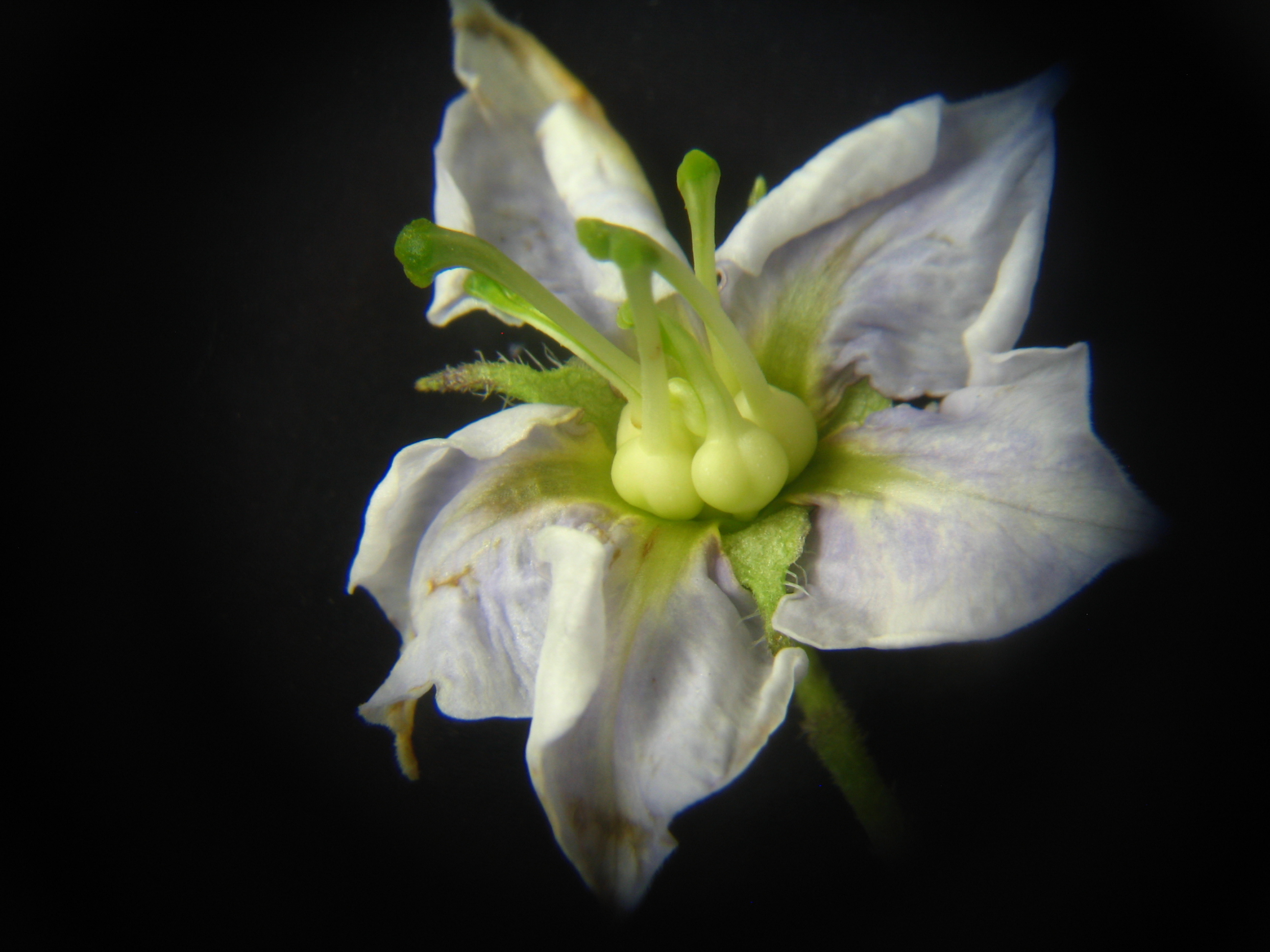The U.S. Potato Genebank (USPG) coordinates all aspects of importation, classification, preservation, multiplication, documentation and distribution of potato germplasm. It is the most comprehensive and active collection in the world. The USPG is a cooperative effort between the USDA Agricultural Research Service (ARS) and all 50 state agricultural research stations, with special support from the University of Wisconsin.
Potato cultivars have more exotic germplasm in their pedigrees than any other major crop. Of the last eight cultivar releases from the Wisconsin breeding program, six have parents of at least one wild species from the USPG.
John Bamberg has been the project leader at the USPG for nearly 30 years. He was gracious enough to sit down and answer a few questions about the work being done at the USPG.
Why do we need a genebank, and how has the USPG contributed to potato progress over the years?
The current breeding pool is strong, but there are lots of ways we could benefit from “new blood.” Imagine the delays, inefficiencies and duplicated efforts there would be if there was no genebank and every scientist in the U.S. who wanted to pursue new genetics in exotic potato relatives had to start from scratch. How would he get taxonomic information on species boundaries and relatedness to cultivars? Having gotten that information and settled on a species to study, could he organize an expedition to Latin America to collect samples for himself?
The potato crop depends on a lot of different inputs, but these are often available from several brands and vendors. In contrast, for unique genetic tools outside of the current breeding pool, U.S. breeders have only one practical source—our own Wisconsin genebank.
How many potato species does the genebank have?
The USPG has about 5,000 populations of approximately 100 potato species. Although wild, many of these species can be incorporated into the crop with fairly simple techniques. For several reasons, it is more efficient to keep these stocks as seed populations, which involves hand pollination of thousands of plants each year in the greenhouse.
Of course, cultivated potato is a clonal crop, so the USPG also has a collection of about 1,000 cultivars from around the world, plus breeding and genetic stocks. These are kept and distributed in sterile test tube culture. All these stocks are subject to a rigorous virus testing program, have extensive associated information in an online database, and can be ordered free of charge.

John Bamberg, project leader of the U.S. Potato Genebank, collects wild potato samples at Mormon Lake in northern Arizona.
How and where is the most genetic diversity to be had, and how do we avoid losing it once we get it into the genebank?
We are answering such questions with DNA markers. We also study how to keep improving our techniques for producing plenty of seeds and storing them in a way that maintains high viability and avoids contamination with viruses.
The germplasm is not much good if genebank staff doesn’t also discover and provide information on how to grow and crossbreed with it. The staff must keep accurate, detailed and organized records on everything known about the history and qualities of the stock. The genebank collection is just a sample of what is in the wild. We need to know if it is a good one.
We screen for new traits. We want to dabble in research in as many uses of germplasm as possible, so we will have a bit of experience from which to help customers from all disciplines. Since it is not practical to attempt to research all traits wholly in-house, we do joint research projects with many different specialists around the world. While we don’t usually interact directly with growers or processors, we are keen to keep abreast of their needs. We also collaborate closely with our counterparts in Latin America, particularly in Peru.
What has been the practical impact of the USPG?
The USPG is not just a potato museum or a place to get weird potatoes for theoretical research projects. At least 70 percent of named U.S. cultivars have our exotic germplasm in their pedigrees. Of the past eight cultivar releases from the Wisconsin breeding program, six have USPG wild species germplasm as parents.
We now distribute about 10,000 samples each year, an increase of more than 25 percent over the previous five-year project term. Our biggest customers are consistently our own Wisconsin scientists.
Why is gene diversity so important?
The sports model illustrates why genetic diversity kept in a genebank is important. In sports, you often depend on a just a few highly specialized elite players to win the game. It’s the same with the cultivars in commercial potato production.
But in sports as in a potato crop, you are smart to hedge by having backups ready to take the field quickly if the stars are injured or demands of the game change. Similarly, genebanks keep genetic alternatives “on the bench,” and study and groom them so they are fit to be quickly deployed when needed.
We need multiple genetic options to address known problems from multiple angles. But we also need general diversity to increase the odds that we will have solutions to unpredictable new problems.

Tina Wagner is shown hand pollinating for “seed increase.”
Are you addressing common diseases of potato?
When new problems arise, we prepare specialized samples and hybrids for testing with cooperators. For the late blight crisis in the early 1990s, we sponsored testing in multiple U.S. states, Mexico, Canada and Russia—finding new sources of resistance in the species Solanum microdontum and Solanum okadae.
For zebra chip, we helped screening efforts in Washington State and Texas that identified the species Solanum verrucosum as particularly psyllid-resistant. We are currently coordinating a project to screen germplasm for resistance to Dickeya.
What does the future hold for growing and crossing potato stocks?
Genetic information and manipulation is rapidly advancing, and we are looking forward to how that will help us improve genebank technology and service. Of course, as researchers and breeders get these better tools, demand for USPG raw materials will also increase, so we need to be ready.
We are looking into how germplasm could improve the feasibility of specialty cultivars, and even potato alternatives to grain in noodles, bread, beer and sweetened breakfast foods. Farming for potato protein extract already has commercial application. It is intriguing to think about how USPG germplasm could be deployed to expand potato into such alternate outlets, increasing the demand, profitability and positive nutritional impact of potato on society.

As part of its diversity initiative, the staff members of the USPG discovered a floral mutant, Coronita, with multiple pistils but no anthers.